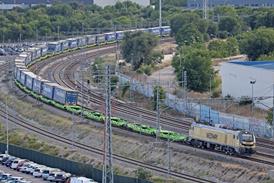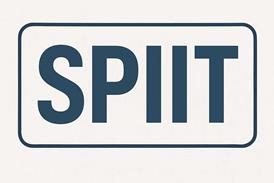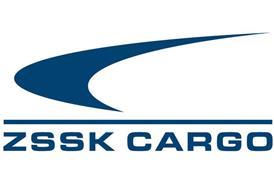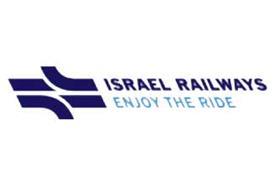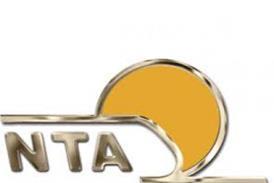Fare revenue distribution is one of public transport’s most sensitive and complex challenges. The stakes are high with multiple operators collaborating under integrated fare systems, like regional transit associations or nationwide passes. How can revenue be fairly distributed when it’s unclear who delivers what share of the actual transport service?
For decades, responsible authorities have relied on outdated tools: manual surveys, occasional validation counts, ticket scans that don’t reflect complete journeys, or models based on assumptions. But now, demand-driven mobility data is changing the equation.
The Old Model Is Broken. Here’s Why.
Most public transport operators still rely on manual surveys to inform how fare revenue is split. These surveys are time-consuming, expensive, and often inaccurate due to human error or memory bias. Field staff are increasingly challenging to recruit, and results quickly become outdated in a fast-evolving mobility landscape.
Even modern ticketing systems often fall short: a scanned ticket may show where a journey started, but not where or how it ended. In many European countries, there is no validation to begin with. Transfers between modes, unvalidated segments, or underreported trips distort the real picture. The result? Revenue allocation models are based on assumptions rather than facts.
This isn’t just inefficient — it’s unfair, especially in multimodal, regionally integrated networks where different operators carry varying loads but are paid from the same fare pool.
Smartphone-based Mobility Data Collection: A New Standard for Revenue Sharing
motiontag has developed a proven, privacy-compliant, scalable solution that revolutionizes fare revenue distribution. Instead of relying on spot checks or models, the platform continuously captures real mobility behavior via smartphones. Accurately, passively, and automatically.
✅ No fieldwork
✅ No memory bias
✅ No manual effort from users
With motiontag, transit authorities and operators can allocate revenue based on actual demand: per operator, line, and kilometre.
The technology is already powering revenue allocation for national-level passes like:
🇦🇹 Austria: Klimaticket
When Austria launched its €1095-per-year Klimaticket, the challenge was clear: How can revenue be fairly split among national, regional, and local operators? motiontag was selected to deliver continuous, demand-based data collection, ensuring that every operator gets their fair share based on actual usage, not historical averages.
🇨🇭 Switzerland: Generalabonnement
For Switzerland’s widely used subscription ticket, motiontag helps ensure transparent revenue distribution across an extremely diverse set of transport providers — from national rail to local trams. The solution is embedded into their system and already supports long-term strategic planning.
These large-scale deployments showcase motiontag’s ability to deliver robust, transparent, and trusted results in highly complex systems.

How It Works: From Movement to Measurement
At the core of motiontag’s system lies a modular, smartphone-based tracking engine that integrates seamlessly into ticketing or mobility apps. The process is simple yet powerful:
- App-based data collection
Passive smartphone tracking (via GPS and optionally BLE beacons) records trips without user input.
- Transport mode detection
The system classifies transport modes and identifies specific lines, stops, and operators.
- Data processing
Algorithms match user movement with GTFS data and create accurate trip chains.
- Output generation
Custom reports, dashboards, and machine-readable metrics (e.g., passenger-kilometres) are delivered to partners via API or export.
What you get is objective usage data that is rich with context and ready for direct integration into revenue models or tariff strategies.

Whether running a temporary study or managing a permanent system, motiontag delivers data that scales with your ambition.
Why This Matters Now
With the rise of flat-rate subscriptions, MaaS platforms, and cross-operator collaboration, the demand for fair and accountable revenue sharing is only growing. Public transport is transforming, and financing models must evolve with it.
Public and political pressure for transparency is increasing. Passengers and operators alike want equitable, data-driven, and future-ready systems. motiontag helps public transport systems earn trust by making revenue sharing fair, factual, and frictionless.

motiontag isn’t just a technology provider. We’re a strategic partner to cities, transport ministries, public transport companies and associations that want to modernize how they understand — and share — the value they create.
Ready to See What Real Demand Looks Like?
👉 Visit motiontag.com, Get in touch with our team, or meet us at the UITP Summit in Hamburg at the Hall A3, Booth 527!

